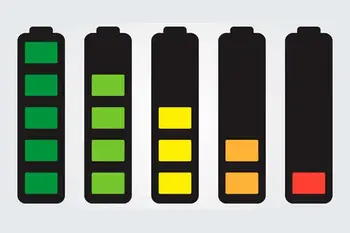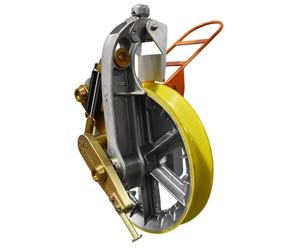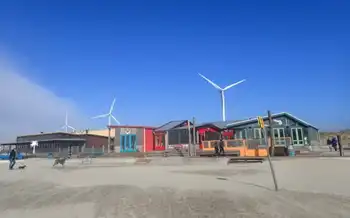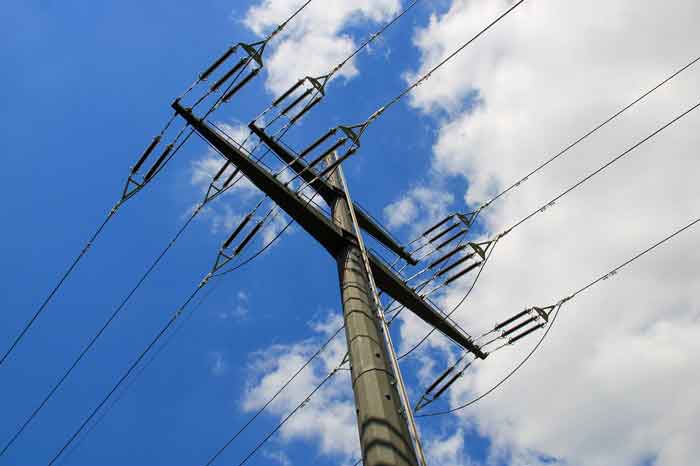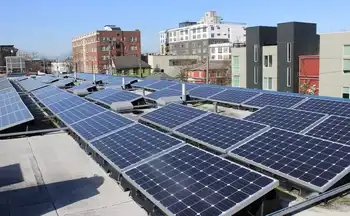El Paso Electric Files 2017 Texas Rate Case
Electrical Testing & Commissioning of Power Systems
Our customized live online or in‑person group training can be delivered to your staff at your location.

- Live Online
- 12 hours Instructor-led
- Group Training Available
El Paso Electric 2017 Texas rate case seeks a $42.5 million non-fuel base revenue increase via PUCT, raising residential bills and funding Montana Power Station, plus a DG rate class with a monthly demand charge.
Key Points
PUCT filing to raise non-fuel base revenues by $42.5M, adjust residential rates, and recover MPS and grid costs.
✅ $8.25/month average increase at 635 kWh usage
✅ Surcharge or refund after PUCT final order
✅ New DG rate class with a monthly demand charge
El Paso Electric Company (NYSE: EE) filed with the City of El Paso, other municipalities incorporated in its Texas service territory, and the Public Utility Commission of Texas (PUCT) a request for an increase in non-fuel base revenues of approximately $42.5 million. Under the proposed rates, a residential customer using 635 kilowatt-hours per month will see an average electricity price increase of $8.25 per month when new rates are implemented. The new rates will relate back for consumption on and after July 18, 2017, which is the 155th day after the filing of the rate case. The difference in rates that would have been billed will be surcharged or refunded to customers after the PUCT's final order.
“As we’ve previously indicated, the 2017 rate case is needed to recover the costs to complete the Montana Power Station (MPS) and other investments to meet our customers’ growing needs. We’ve worked hard to modernize our aging local generation fleet and promote solar and other clean energy technologies our customers want, all while providing safe, reliable and affordable service,” said Mary Kipp, El Paso Electric CEO. “We spend a lot of time planning how to best meet the demands created by the continued growth of our region and these latest investments will benefit our customers well into the future.”
Since March 31, 2015, the end of the test year in the Company’s 2015 Texas Rate Case, the Company has invested approximately $444.3 million in new plant. Approximately $151.3 million was invested in MPS Units 3 and 4 and the related common plant to keep pace with load growth and to maintain reliable service for customers amid winter reliability concerns across Texas. These new units enhance operational flexibility due to their quick-start and cycling capabilities, as well as the ability to quickly respond to load variations. This last capability is critical as the Company and its customers expand the amount of renewable resources connected to the grid locally. The remainder of the investment is comprised of $139.8 million in new transmission and distribution facilities, $59.4 million of Palo Verde Nuclear Generating Station plant, $50.3 million in existing local generation, and $43.5 million in general and intangible and other plant.
Similar to its 2015 rate case, the Company is again proposing the creation of a Residential Distributed Generation (“DG”) rate class for residential customers with DG facilities, such as private rooftop solar panels, in order to reflect the unique service characteristics and cost of service for this group of customers. Consistent with its treatment of other rate groups, the Company is proposing to assign the full cost of service to the new rate group, and is also proposing to implement a new rate structure including a monthly demand charge to recover the cost of grid-related services.
“It is important to establish a fair rate structure that reflects the cost to serve each customer class,” said Kipp. “As technologies evolve and our customers’ needs change, we must also evolve to provide programs and rate structures that allow us to provide safe and reliable service at a price that is fair to all our customers.”
In a simultaneous process, the Company filed the rate case with the City of El Paso, municipalities in its Texas service territory, and the PUCT. The PUCT will refer the case to the Texas State Office of Administrative Hearings, in the Texas electricity market context, which will then appoint an administrative law judge to adjudicate the case.
The cities and towns in the Company’s Texas service territory maintain their right to regulate this rate case process and make a decision on rates within their city limits. Their decisions can be appealed to the PUCT, which has appellate jurisdiction over the cities’ and towns’ decisions and original jurisdiction in the unincorporated areas of the Company’s Texas service territory. Any municipality can participate in the proceeding before the PUCT as an intervening party in Austin.
Conference Call
A conference call to discuss the 2017 Texas Rate Case with investors and analysts is scheduled for 11:00 A.M. Eastern Time, on February 14, 2017. The dial-in number is 888-240-0263 with a conference ID number of 6856315. The international dial-in number is 913-312-1480. The conference leader will be Lisa Budtke, Director of Treasury Services and Investor Relations. A replay will run through February 28, 2017 with a dial-in number of 888-203-1112 and a conference ID number of 6856315. The replay international dial-in number is 719-457-0820. The conference call and presentation slides will be webcast live on the Company's website found at http://www.epelectric.com. A replay of the webcast will be available shortly after the call.
El Paso Electric is a regional electric utility providing generation, transmission and distribution service to approximately 400,000 retail and wholesale customers in a 10,000 square mile area of the Rio Grande valley in west Texas and southern New Mexico, as electrification accelerates nationwide. El Paso Electric’s common stock trades on the New York Stock Exchange under the symbol EE.






